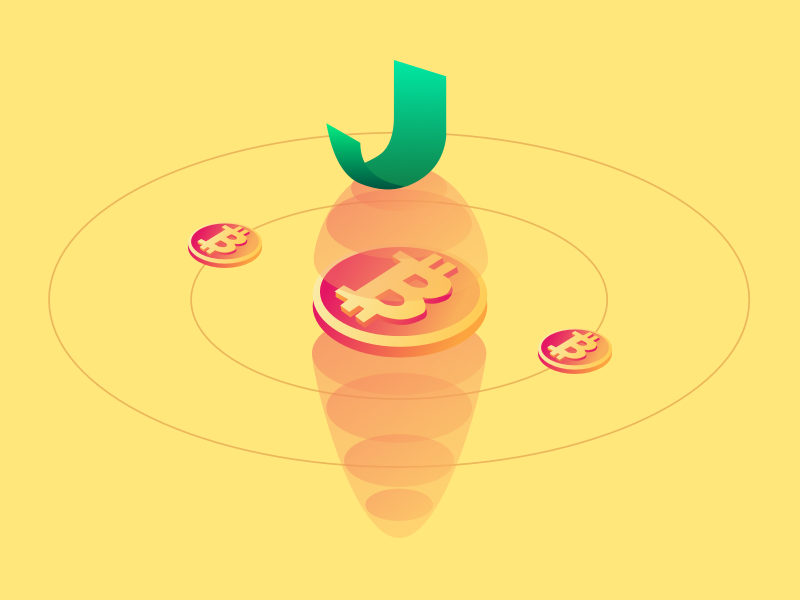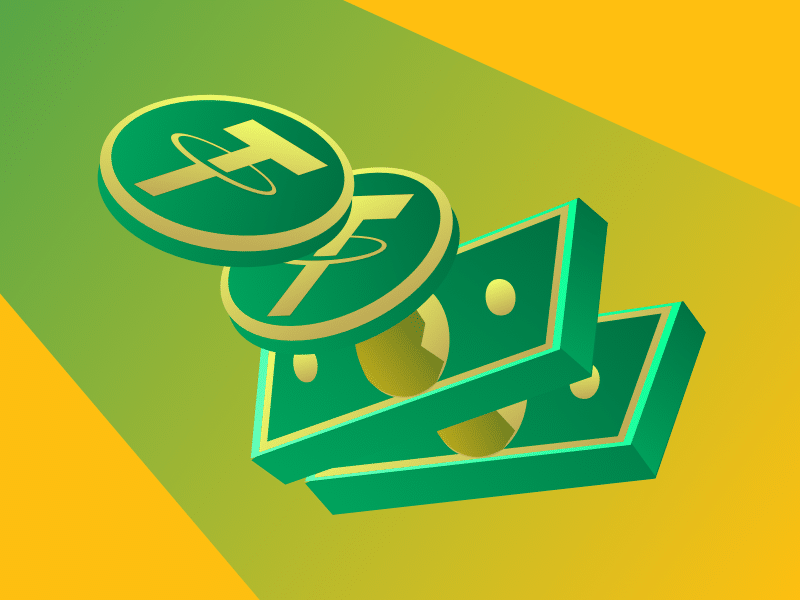What’s The Difference Between Active Trading and Passive Investing?

There are two types of investment strategies that you can do when investing in crypto assets: active trading and passive investing. What are the differences between those two?
Active trading
Active trading is the activity of buying and selling crypto assets typically in a relatively short time.
A person who is actively trading often monitors price movements and manages their investment in the market. Therefore active trading requires a dedication of time and attention to get profits faster than passive investments.
There are several strategies that can be used for active trading including:
Day trading
Day trading is the activity of buying and selling crypto by taking advantage of price movements in under 24 hours time frame.
Day traders use various technical analysis to buy and sell a crypto asset, usually to find market inefficiencies that can be used to gain profits.
Daily trading can be very profitable for some people, but it also comes with a high risk.
Swing trading
This is a crypto buying and selling strategy that takes advantage of fluctuation from price movements in a weekly time span. The purpose of swing trading is to capture potential price movements. Typically swing traders hold short and long-term positions but usually do not exceed a few weeks or several months.
Swing traders utilize technical analysis and fundamental analysis to formulate decisions in trading. Different from daily trading, this strategy takes time to take advantage of the price movements.
Trend trading
If the previous two strategies are all about following the price movement, this one is about following a trend. This is a strategy of buying and selling crypto by following trends that traders believe an asset’s price will follow.
Some traders use fundamental analysis, especially on the long-term aspect of events, so it takes a longer time.
This strategy believes that the asset value will move according to the trend, but still be careful when there is a trend reversal.
Scalping
Scalping is a trading strategy in which traders try to take profit from small price changes that occur throughout the day.
To make profits, Scalping looks for loopholes by taking advantage of inefficiencies, gaps in the bid-ask spread, liquidity in the market, and so on.
Scalping is more suitable for large-volume assets, as it is easier to predict their movements, and is performed by advanced traders because it requires in-depth market knowledge.
Passive investment
Passive investment is an activity of buying assets to be stored in the long term.
Users who make passive investments rarely monitor their asset portfolios, so they tend to ignore short-term price movements.
There are several strategies that are classified as passive investing, some of which are:
Buy and hold
This is a strategy where investors buy assets and hold them for a long period of time. Buy and hold strategy usually uses fundamental analysis to value long-term assets and does not focus on technical analysis. In other words, a person who is using this strategy buys crypto assets and stores them for a long time without trading. The “HODL” mantra / meme among Bitcoiners originated from this strategy.
Dollar-Cost Averaging (DCA)
DCA is the activity of buying crypto regularly according to a predetermined schedule. To follow a DCA strategy, you only need to invest a fixed amount of money into a particular asset regularly, regardless of price. For example, a valid DCA strategy could be to buy IDR 500,000 worth of Bitcoin on every Monday, or at every 1st day of each month. With DCA strategy, you are buying less crypto when the price is high, and you are buying more crypto when the price is low. As a result, you don’t have to worry about crypto price volatility! To learn more about DCA strategy, please see our advice, here (still in Bahasa).
Share
Table of contents


